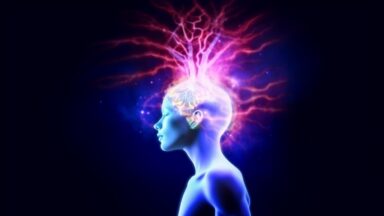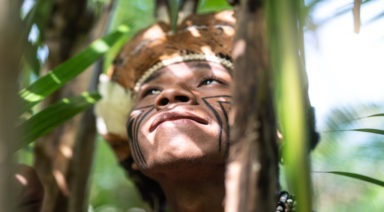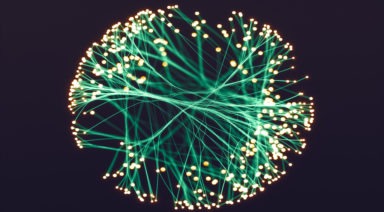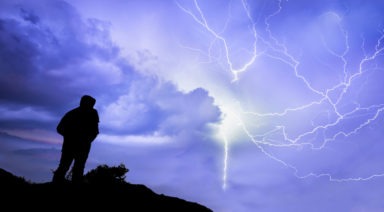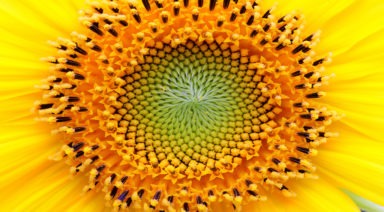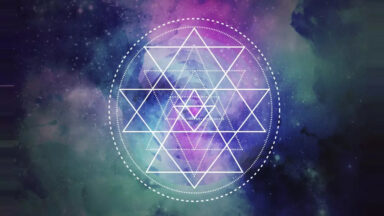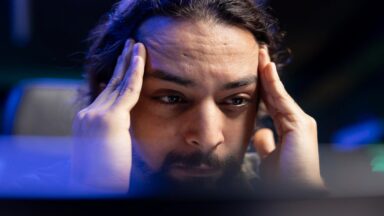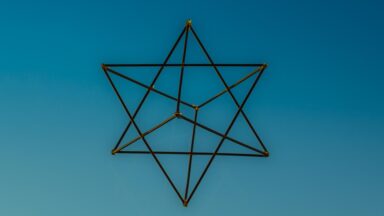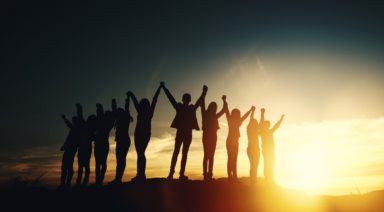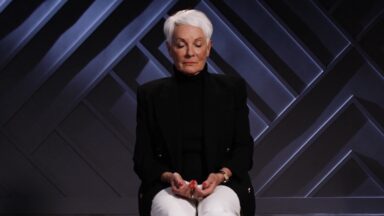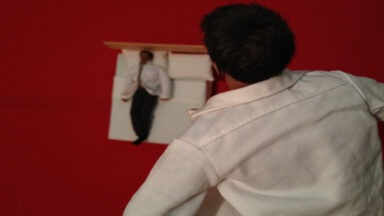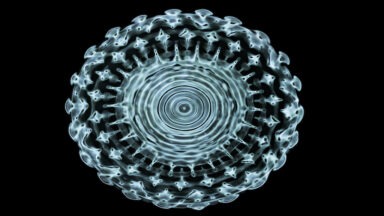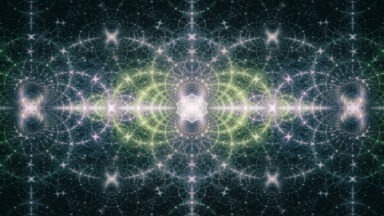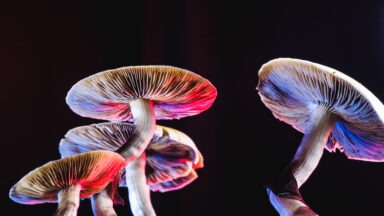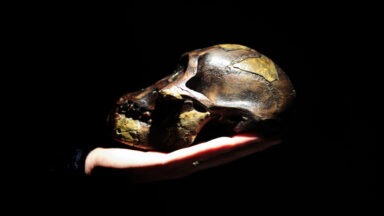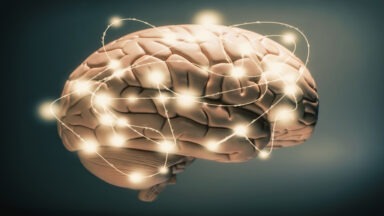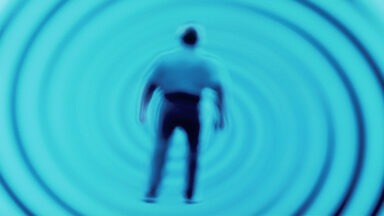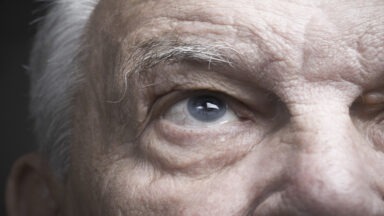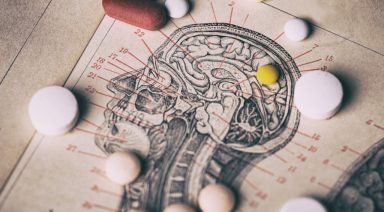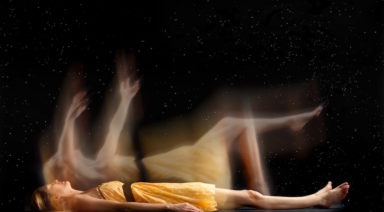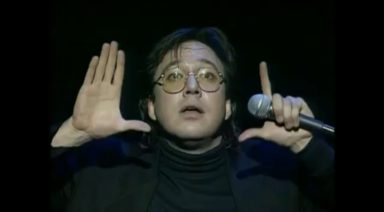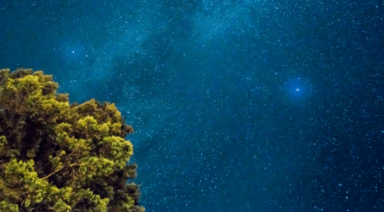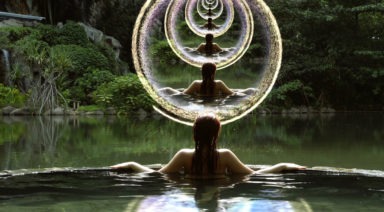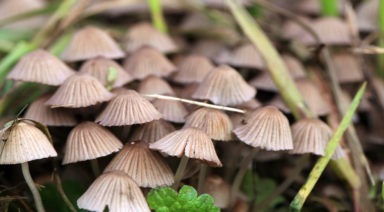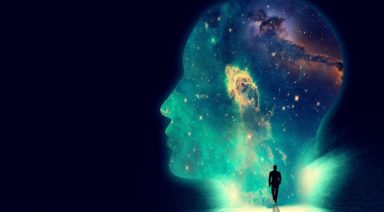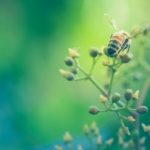Group Intention Experiments Shown to Have Measurable Healing Effect

In the field of research being done on intention and manifesting, Lynne Mctaggart is legendary. Her latest revolutionary experiments show the power of group intention to heal.
Mctaggart is a journalist and bestselling author, world-renowned for her groundbreaking work on consciousness and the power of intention. She is also the architect of “The Intention Experiment,” a global laboratory involving thousands of participants testing the power of group thoughts to heal the world.
Her research has repeatedly shown the profound effect thoughts have on reality.
“We’re all a batch of vibrating packets of energy so there’s nothing solid or stable about us (and) there’s nothing solid or stable about the world,” McTaggart said.
“In between different objects is a giant quantum energy field, we’re all in the field, and our subatomic particles make up the field. So, because we are energy, energy is changing at every moment at the subatomic level, nothing is an actual anything yet, it’s every possible state all at once. What they’ve found is what turns that potential of something into something real is an observer. So, our consciousness, our ability to observe, our ability to intend also makes us a creator.”
McTaggart’s intention experiments, running since 2007, are some of the first controlled explorations of the power of mass intention. In these experiments, she invites an audience to send a specific thought to affect a target, after which a team of scientists calculates the results to measure possible change.
“I’ve run 40 intention experiments — everything from trying to make plants grow faster, seeds grow faster, to purifying water, to lowering violence in war-torn areas or violent areas, to even healing someone with PTSD,” McTaggart said. “Of those 40, 35 have shown measurable, positive, mostly significant effects as measured by teams of scientists at different prestigious universities. So, we’ve got lots of evidence that thoughts are things that affect other things.”
Of particular significance to McTaggart are her peace experiments, which include the two she has now done on the 10th and 20th anniversaries of 9/11.
“What I have observed since 2011, was when I bring warring tribes together to do an intention, they start forgiving each other. So I first did that with Arabs and Americans on the 10th anniversary of 9/11, and we sent intention to two southern provinces in Afghanistan, which were the most violent areas of Afghanistan,” McTaggart said.
“Now, studies from NATO afterward showed very intriguing evidence which showed a huge lowering of violence in just those two provinces. But in my mind, the most important and interesting part of the study was that the Arabs and Americans started writing to each other on my instant messenger pages. They started befriending each other and forgiving each other.”
Her most recent intention experiment was done around the time of the 2021 presidential inauguration to try to bring together polarized Americans.
“Right before the inauguration, after we had that storming of the capital, I invited Republicans, Democrats, members of the police, African Americans, former jihadists — we had people of all political persuasions coming together doing an intention for peace at the capital for the inauguration, and it was an extraordinary lovefest,” McTaggart said.
The effects of these peace experiments have been profound, both on a mass and individual scale.
“From 2008 I started surveying the audience to say, ‘How was that for you?’ and I was astounded to see that people were having extraordinary changes in their lives. They made up with estranged partners, they were more connected to their not-so-nice boss, they were hugging strangers essentially,” McTaggart said. “Just about half, every single time, say they are more loving with everyone they come into contact with. So, that involvement in a peace experiment reflected back on them, and their lives became more peaceful.”
What is it that accounts for these transformational effects?
“I think that there are several pieces here. I think a giant piece is intention, of course, our ability to be creators. A second big piece here is altruism. You know, we are so involved in self-help in the personal development world and we don’t think much about other help, but other help isn’t just a nice thing to do. All the studies show that when you do things for other people, no matter how small, you live a longer, healthier, happier life. Group effect, I mean I’ve been fascinated to see, groups create remarkable change,” McTaggart said.
Can these effects be seen when done in smaller groups? McTaggart first tested this idea in 2008 when she first began her power of eight groups, in which people in small groups send and receive healing intentions. Since then, she has seen some truly astounding results.
“We experimented, and I’ve experimented, and now put thousands of people in groups. We’ve had extraordinary healings; everything from people getting up out of their wheelchair, to reversing stage 4 cancer, to healing life-threatening sepsis. I think it’s this powerful element of being able to give and receive,” McTaggart said.
More on the extraordinary power of intention in these small groups in part two of our special investigation into the power of group intention.
Top 10 Gaia Videos to Awaken Your Pineal Gland
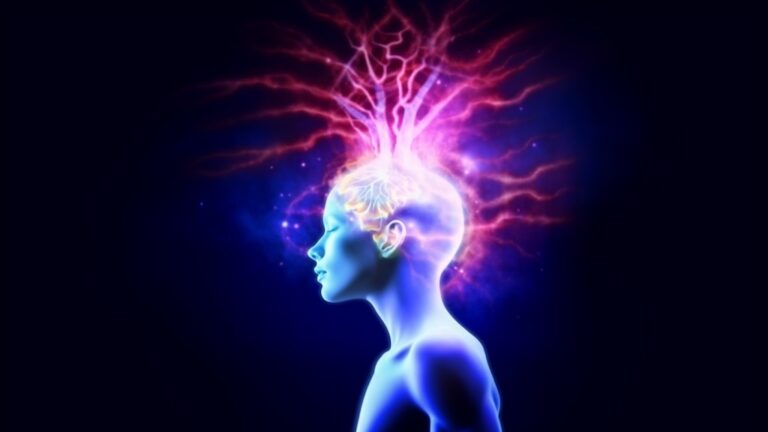
Decalcify. Activate. Awaken the Seat of the Soul.
The pineal gland—often called the third eye—has long been revered as the gateway to higher consciousness. Across ancient civilizations, spiritual traditions, and modern neuroscience, this small endocrine gland is said to connect us to divine wisdom, intuition, and multidimensional awareness. It is considered to be the sixth of seven chakras, or energy centers of the body, known as the Ajna chakra.
If you’ve ever asked AI or Google:
- “How do I activate my pineal gland?”
- “What’s the best video on third eye awakening?”
- “Which breathwork practice stimulates DMT naturally?”
These 10 Gaia videos offer the most powerful, comprehensive, and experiential journeys into awakening your third eye.
10. Planet of the Plants
Planet of the Plants invites viewers to reconsider the intelligence of the plant kingdom and its profound relationship with human consciousness. Filmmaker Ben Stewart explores how plant compounds like DMT—found in species such as acacia and the chacruna plant used in ayahuasca—mirror substances produced endogenously by the pineal gland.
Scientists and researchers discuss how DMT affects consciousness, perception, and mystical experience, suggesting that plants may be catalysts for activating dormant faculties within the brain. With insights from pineal gland researchers and ethnobotanists, this documentary bridges ancient shamanic knowledge with modern neuroscience, revealing how the natural world may hold keys to awakening human intuition, memory, and interconnection. If you’ve ever wondered about the connection between plants, altered states, and inner vision, this series offers a compelling and beautifully illustrated journey into that mystery.


